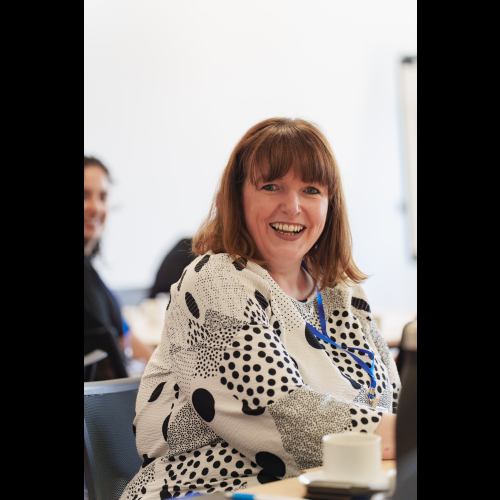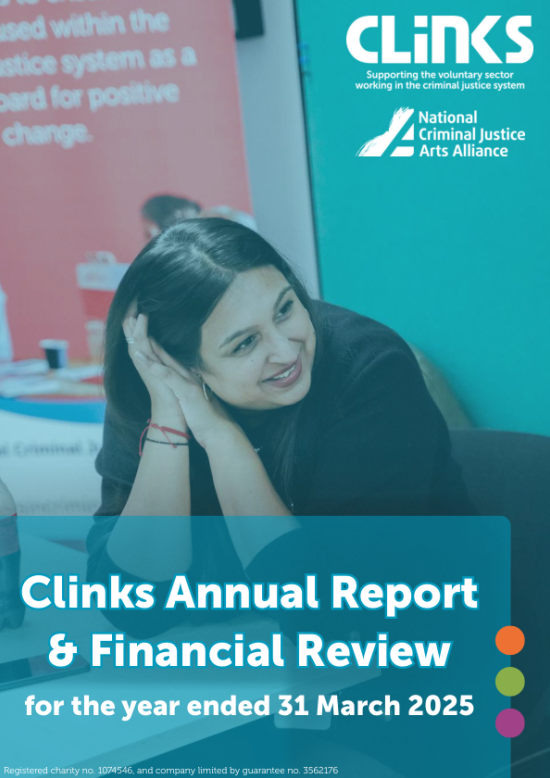Self-harm among women in prison is one of the most urgent and persistent challenges facing the justice system. Year after year, Ministry of Justice data shows that rates of self-harm among women in custody remain disproportionately high compared to men. For many women, prison is not just a sentence, it is a site of acute distress, trauma, and harm.
Yet despite the visibility of self-harm behind the prison gates, there remains a major gap in our understanding: what happens before custody?
This gap has driven us to start a project, as part of our work with the Department of Health and Social Care, that will seek to better understand the factors driving the increasingly high rates of self harm among women in contact with the criminal justice system. We will be looking at the period before custody, but also platforming the voices of women currently serving custodial sentences.
The Evidence Gap
We know surprisingly little about how self-harm manifests in the community, during arrest, in police custody, or through the court process. Psychologists in HMPPS have highlighted this gap, noting that the story of women’s distress does not begin in prison.
Many women who enter the justice system have already faced years of trauma, poverty, addiction, or abusive relationships. By the time they come into contact with the police or courts, they may already be in crisis. The way the system responds in those early moments, with care or with punishment, can be life-shaping.
At present, the research and policy focus remains largely on managing self-harm in custody, through projects such as the Early Days Service and the Young Adult Project. This is vital work, but insufficient in attempts to take an holistic approach to the wider issue of self-harm among women in contact with the CJS. If we want to prevent escalation, reduce harm, and design safer responses, we must start much earlier in the justice pathway.
Why This Research Matters
Our new research project, delivered in partnership with the Health and Wellbeing Alliance, Clinks’ Women’s Network Forum and supported by the Women’s Estate Psychology Service, is designed to address this evidence gap.
Over the next six months, we will work with women who have self-harmed at different points in the justice pathway:
-
In the community before arrest: exploring the causes, contexts, and missed opportunities for support.
-
At the point of arrest and in police custody: asking how women’s distress is interpreted and whether they feel safe to disclose self-harm.
-
At court and sentencing: examining how uncertainty, stigma, and legislation such as the Assaults on Emergency Workers Act shape risk.
-
During transition into custody: understanding how first nights, transport, and reception interact with pre-existing self-harm.
We will be working with Clinks members with frontline expertise in supporting women and girls in contact with the CJS, and urge any of those organisations reading this to get in touch.
We will also gather insights from practitioners across the system: women’s centres, Liaison & Diversion, probation, courts, prisons, healthcare, and the police.
What We Hope to Achieve
By listening directly to women with lived experience, alongside the professionals who support them, this project will:
-
Map how self-harm risk builds across the justice pathway.
-
Identify where care and information are lost, and where opportunities for intervention are missed.
-
Amplify women’s voices to ensure policy and practice are grounded in real experience.
-
Offer practical recommendations for earlier, health-based interventions.
Why Now
This research comes at a critical moment. The Independent Sentencing Review has highlighted the urgent need to better understand how system responses can unintentionally escalate women's pathways into custody.
If we are serious about reducing self-harm among women in prison, we cannot afford to wait until they are behind bars. The justice system must recognise distress earlier, respond with compassion, and ensure continuity of care from community to custody.
Findings from this work will be promoted to key stakeholders in relevant government departments and agencies, and Clinks will work with partners to share learning. Our approach to dissemination will ensure that greater understanding of the complex drivers of self-harm is coupled with opportunities to reduce the risks at all points in the justice system.
Conclusion
By shining a light on the overlooked pre-custody stages, this project aims to change the conversation: from managing harm inside prison walls, to preventing it across the justice pathway.
Women’s lives, and their safety, depend on us getting this right.
What's new
Blogs
Anne Fox CEO of Clinks to stand down after a decade of service
Latest on X
The role is for a leader from an organisation focused on racially minoritised people, with expertise in service delivery, policy, advocacy, or related areas in criminal justice. Racial disparities are present at every CJS stage. This role ensures these voices are central in shaping policy to help address and eradicate them. Apply by Mon 18 Nov, 10am. More info: https://www.clinks.org/voluntary-community-sector/vacancies/15566 #CriminalJustice #RR3 #RacialEquity

